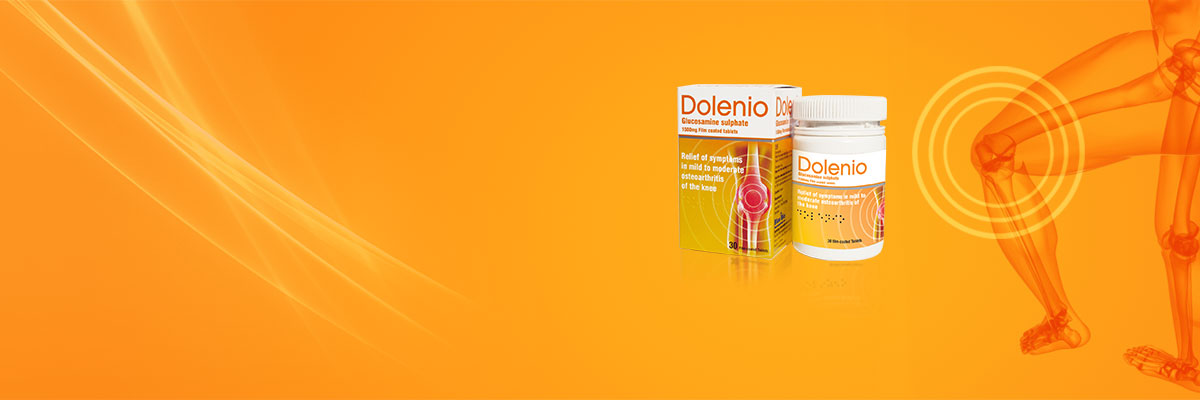Osteoarthritis is a chronic arthropathy, characterised by disruption and potential loss of joint cartilage and other joint changes, including bone hypertrophy (osteophyte formation).
Osteoarthritis (OA), the most common joint disorder, often becomes symptomatic when a person is in his 40s or 50s, and it is nearly global. Only half of those with pathologic changes of OA have symptoms. Under the age of 40, most OA cases occur in men and usually result from trauma. Women predominate from ages 40 to 70, after which men and women are equally affected.1
Prevalence
Osteoarthritis (OA) is the most prevalent form of arthritis, one of the most common diseases inflicting people and a common cause of disability.
The prevalence of osteoarthritis of the knee, hip, and hand increases with age. It is estimated that osteoarthritis causes joint pain in 8.5 million people in the UK.The prevalence of radiographic osteoarthritis is higher in women than men. The difference is most marked after 50 years of age.2
Some key facts regarding osteoarthritis of knee prevalence in terms of pain and disability3
- About 20% of adults 45–64 years of age have osteoarthritic pain in the knee.
- About 35% of women of 75 years of age or more have osteoarthritic pain in the knee.
- About 25% of adults of 50 years of age or more report disability from severe knee pain
Classifications
- Primary (idiopathic) OA
- Secondary (idiopathic) OA
Secondary OA
- Results from conditions that change the microenvironment of cartilage.
- These include
- Trauma
- Congenital joint abnormalities
- Factors such as obesity
- Other bone and joint disease, like Rheumatoid Arthritis
- Calcium Deposition Disease
- Metabolic defects (i.e. hemochromatosis, Wilson`s Disease)
- Infections causing postinfection arthritis
- Endocrine and neuropathic diseases and disorders that alter the normal structure and function of hyaline cartilage (i.e., RA, gout, chondrocalcinosis)4
Risk Factors for Osteoarthritis
Osteoarthritis is a common complex disorder with multiple risk factors:5
- Genetic factors (responsible genes are largely unknown)
- Constitutional factors (ageing, female sex, obesity, high bone density)
- Biochemical risk factors (joint injury, reduced muscle strength, joint laxity, joint malalignment)
Click here to view the prescribing information for Dolenio






